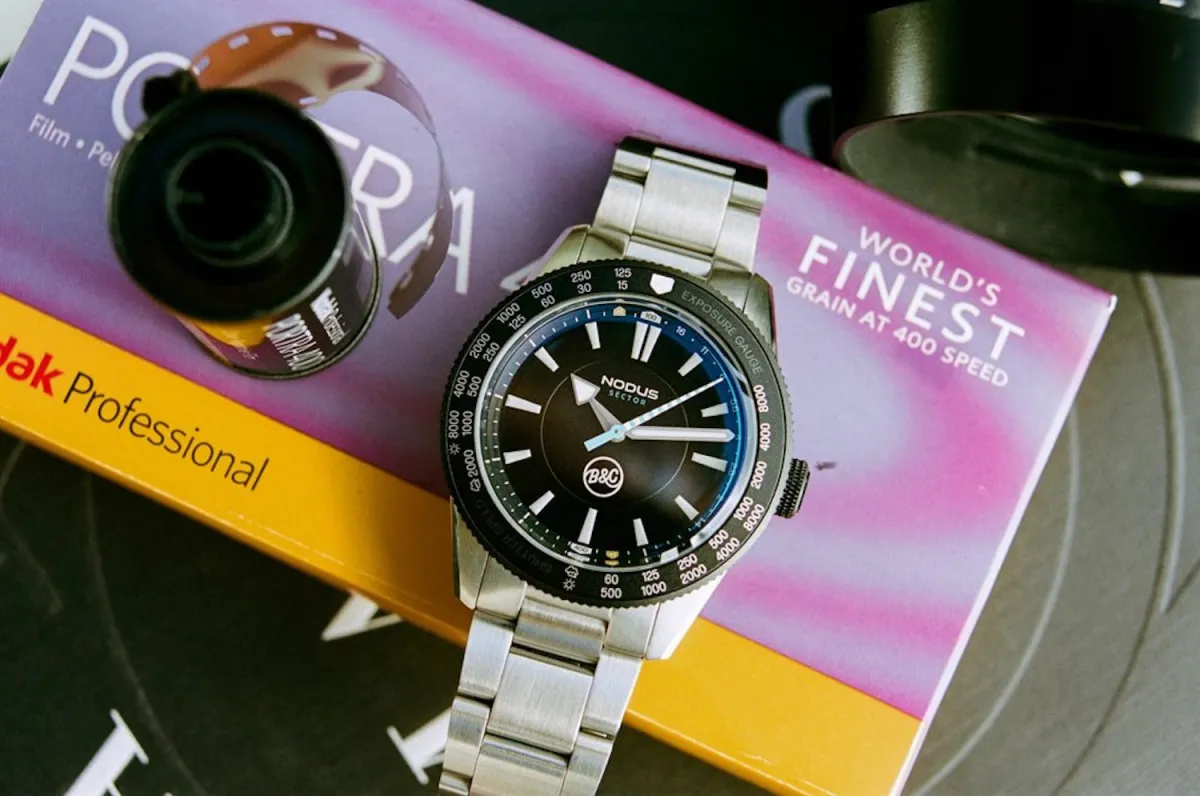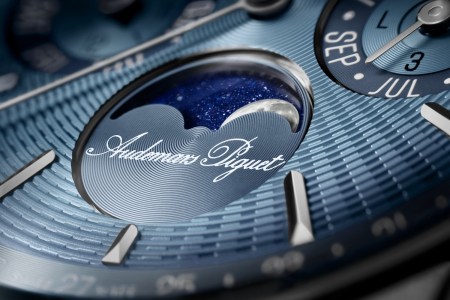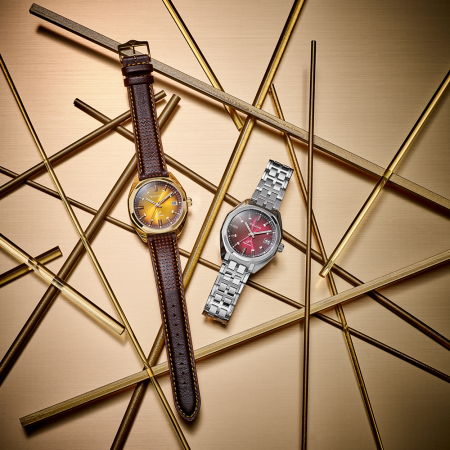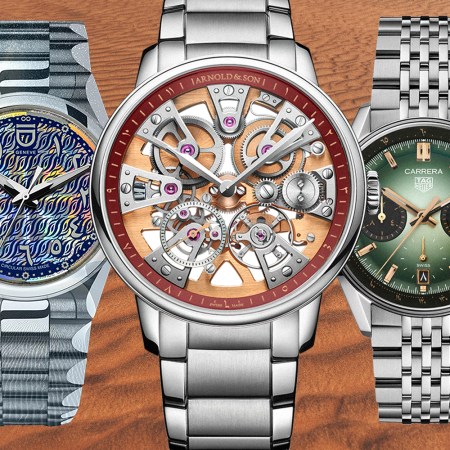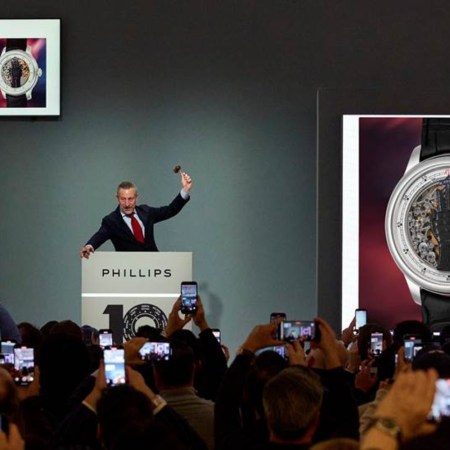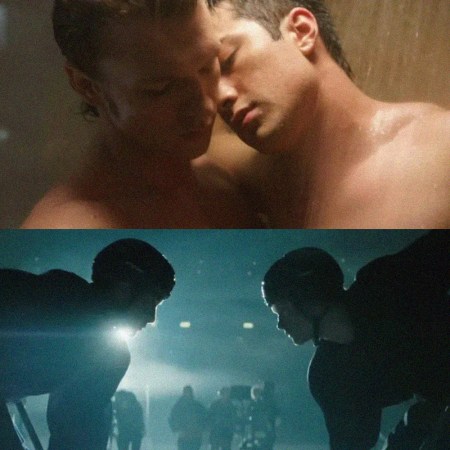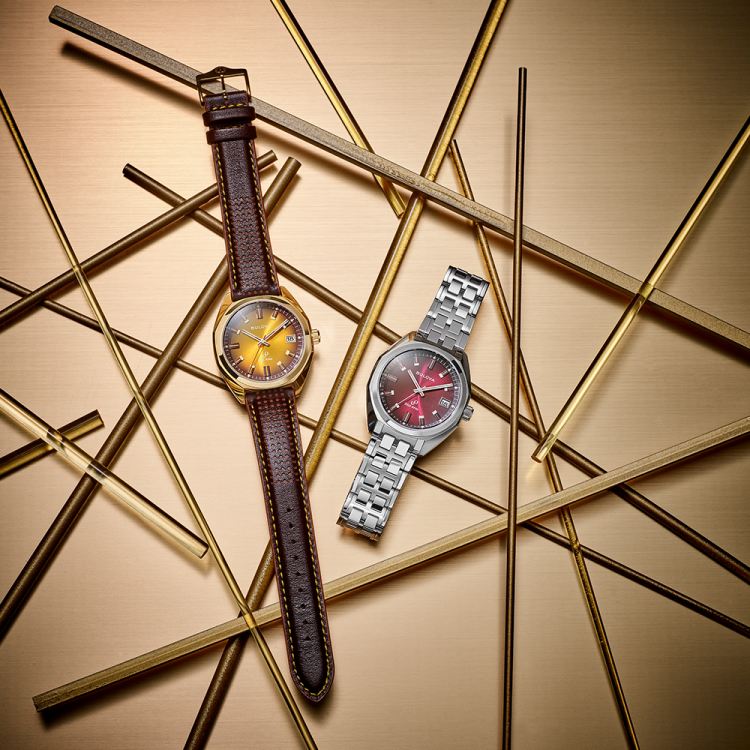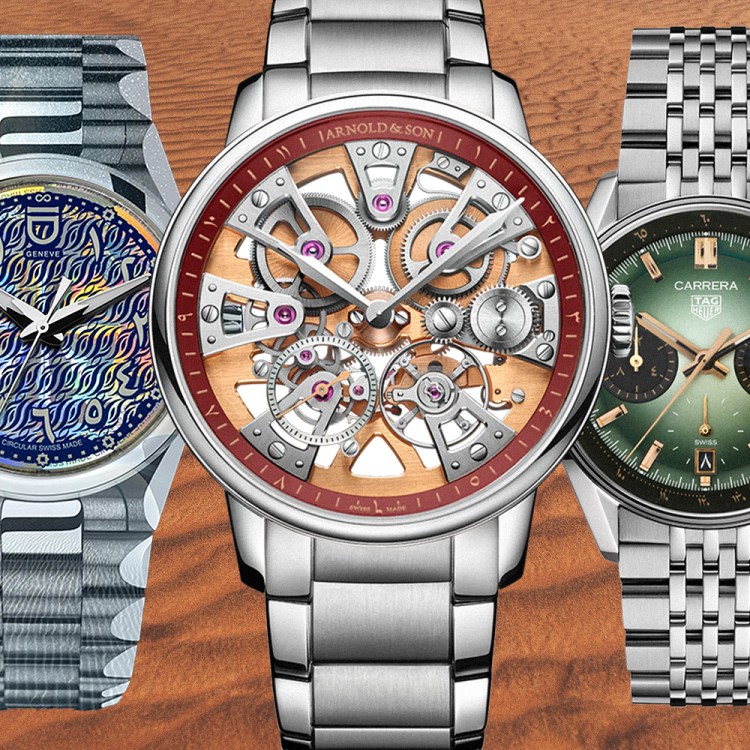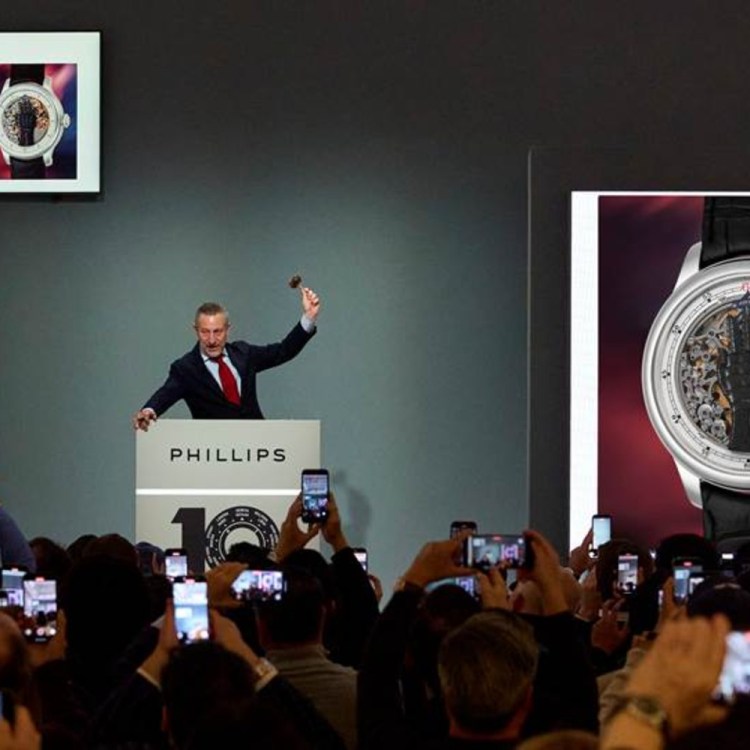Unlike, say, video gamers, we horological nerds are fixated on a technology that is completely obsolete and has been so for well over half a century. I mean, think about it: A $10, battery-operated Casio keeps better time than my Rolex Submariner. And what’s more, I fully acknowledge this and do not remotely give a crap. I still wear the Submariner!
Given the fundamental technological aging of the mechanical movement — whether hand-wound or automatic — many brands are forced to “innovate” in strange ways in order to develop new product. Sometimes this results in watches made from genuinely cutting-edge materials — new alloys of familiar metals, for example, or entirely new materials altogether. But sometimes, the brands seem to be solving problems that don’t exist. (A winding rotor that can be adjusted according to my activity level? And it’s a quarter-million dollars? Sign me up!)
Audemars Piguet Celebrates 150 Years With a Slew of Exciting New Watches
Most notable are three timepieces powered by a remarkable perpetual calendar movementOf course, this is a slippery slope of an argument: In the rarefied world of haute horlogerie — heck, even in the world of affordable microbrand watches — we do want some degree of inventiveness (if not strict innovation) for inventiveness’s sake. Without this, we’re sort of back at square one, having solved all of the fun out of our wristwear, not to mention what could (in certain instances) be deemed “art.” The new Obscura — a watch from LA-based microbrand Nodus, which was designed in collaboration with enthusiast group Beers and Cameras — is exactly the type of watch I’m thinking of as I type this.
The center of the Venn diagram between “watch guys” and “camera guys” is almost larger than either side of said diagram. Indeed, attend a Hodinkee event or Watches and Wonders and you see almost as many Leicas as you do Speedmasters. Beers and Cameras founder Juan Martinez is clearly one of these guys, so much so that he patented a special complication for photographers. His patented Exposure Gauge system — which uses the famous “Sunny 16” rule to help shooters adjust their shutter speed — has been integrated into the bezel of a Nodus dive-style watch. The result is a handsome mechanical timepiece that film lovers should find genuinely useful. And it’s just $650.
Housed in a 38mm stainless steel case with a matching Oyster-style bracelet, the watch features a 40.5mm DLC-coated brass bezel that’s meant to patina over time (sort of like a vintage camera — a cool touch). Said bezel (which features 16-click bi-directional action) is inscribed with aperture values from f/16 to f/1.4 and shutter speed scaling for common lighting conditions. The black dial, meanwhile, features film speed references on the chapter ring. Using the bezel, chapter ring and some intuition based on the weather, a photographer can estimate exposure settings on their camera rig. Pretty neat!
Speaking of the dial, it’s classic tool watch vibes all day long: Matte black with wedge-shaped indices, it’s coated in Swiss Super-LumiNova BGW9 Grade A and features a Broad Arrow-type handset with a striped light blue and white sweep seconds hand. Water resistant to 100m, it includes the aforementioned steel multi-link bracelet with NodeX adjustable clasp and quick-release spring bars, plus an additional black hybrid TecTuff rubber strap. Inside is the automatic Seiko TMI NH38 movement with 41 hours of power reserve. Best of all, the watch is debuting as an unlimited pre-order, which is open until production begins in June of this year.
After you’ve seen your 10,000th watch, the ones that really speak to you largely so do via some kind of intuition. They remind you of something, perhaps your childhood or some faraway place. They can be cheap or expensive, fancy or decidedly pedestrian. It doesn’t really matter — the speaking is the important part.
The Obscura is certainly one of those watches.
This article appeared in an InsideHook newsletter. Sign up for free to get more on travel, wellness, style, drinking, and culture.

